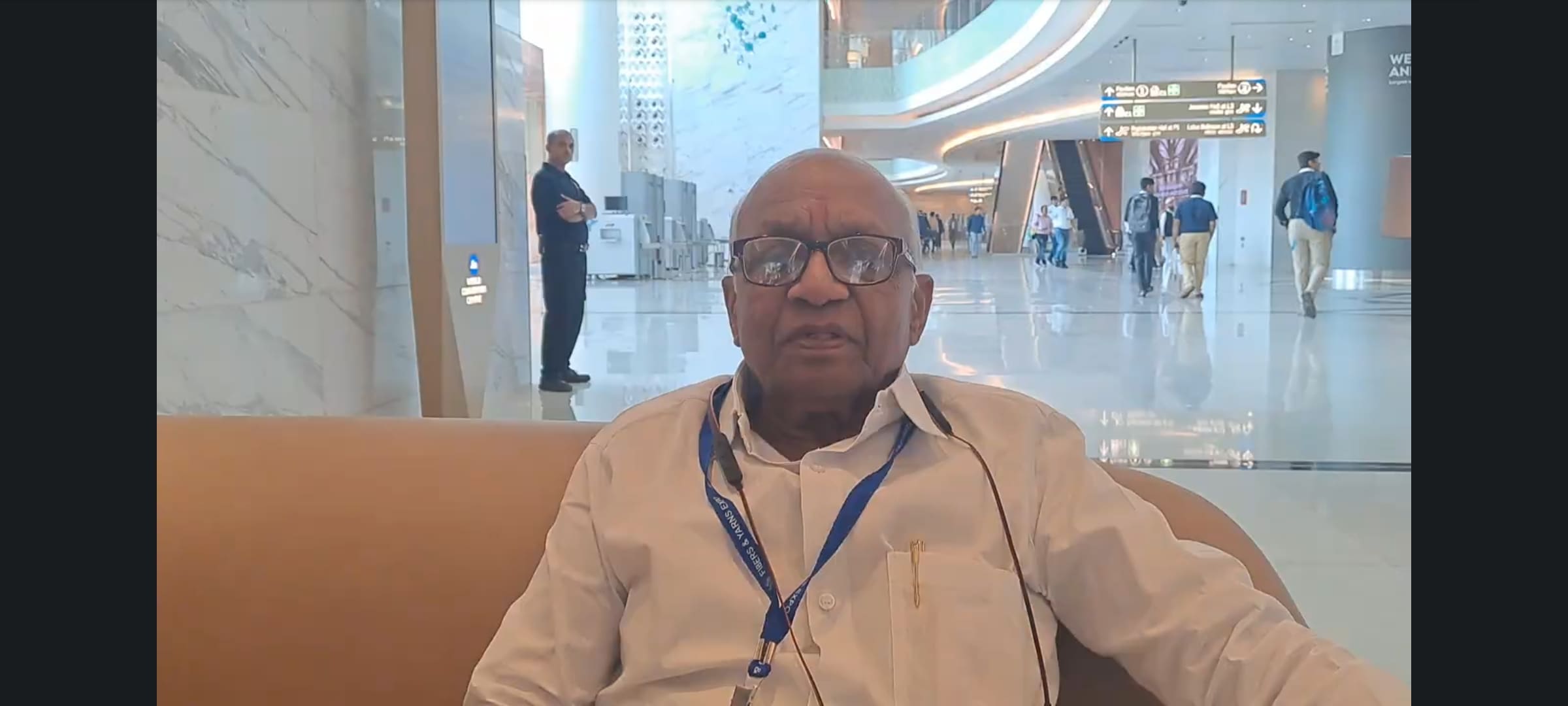Textile Value Chain discussed with Vishwanath R. Agarwal, Chairman of Powerloom Development & Export Promotion Council on the current state of power loom industry

Can you tell us a little about yourself and your role as the Chairman of the Powerloom Development & Export Promotion Council?
Sure, I’m Vishwanath R. Agarwal and I’m from Ichalkaranji. I’m the Chairman of the Powerloom Development & Export Promotion Council, which was founded in 1995. Our council has over 2000 members and our main objective is to develop the power loom industry in India. Our focus is on promoting government schemes, communicating with the government to solve problems faced by the power loom industry and boosting exports of powerloom products.
Can you tell us a bit about the power loom industry in India and its importance? Before 1990-95, the power loom industry was relatively unknown, but now it’s a major decentralized sector in India. The textile industry which provides major employment opportunities, just after the farming sector, powerloom is the backbone of it. It employs both unskilled and skilled labour. The textile industry is extremely important for the country as it provides a significant amount of foreign exchange for the government. Our council is working towards boosting this industry and making it more sustainable.
What are some of the major problems faced by the power loom industry currently? One of the biggest problems we face is fluctuations in yarn prices and quality. Yarn is around 70% of our investment, and it’s mainly dependent on cotton prices, so when cotton prices fluctuate, it affects our industry. Another issue is indirect routing of Chinese fabrics from Bangladesh and other countries. Additionally, the difference in electricity prices in different areas creates disparity in the market, affecting the prices of fabrics. Our council has been advocating for uniform electricity prices across the country for powerloom sector. Finally, the anti-dumping duty on viscose yarns increases the pricing of viscose yarns, affecting India’s exports for this also we are continuously representing to government for not imposing any ADD on Viscose fibre/yarn.
What are your thoughts on the government’s plans to close subsidy schemes for the power loom industry?
Our council believes that the government should not shut down these schemes just yet, as the industries are still in the growing stage. The government is worried about the possibility of a recession, but India is still in a relatively safe zone. If the government stops supporting the progress of these industries due to fear of a recession or any other reason, it will pose great threat to the industries. Earlier, the Technology Upgradation Fund scheme TUFS and the latest ATUFS supported the powerloom sector so well that it increased the speed of upgrading the weaving machinery technology in India. However, due to closing of these kind of subsidy schemes, the progress pathway gets hamper. Without technology upgadation fund scheme the small weavers will not be able to manufacture export quality fabrics and also will not be able to feed the garment industry as required, which will lead to increase in import of fabrics. This will also lead to decrease in employment and foreign earnings.

